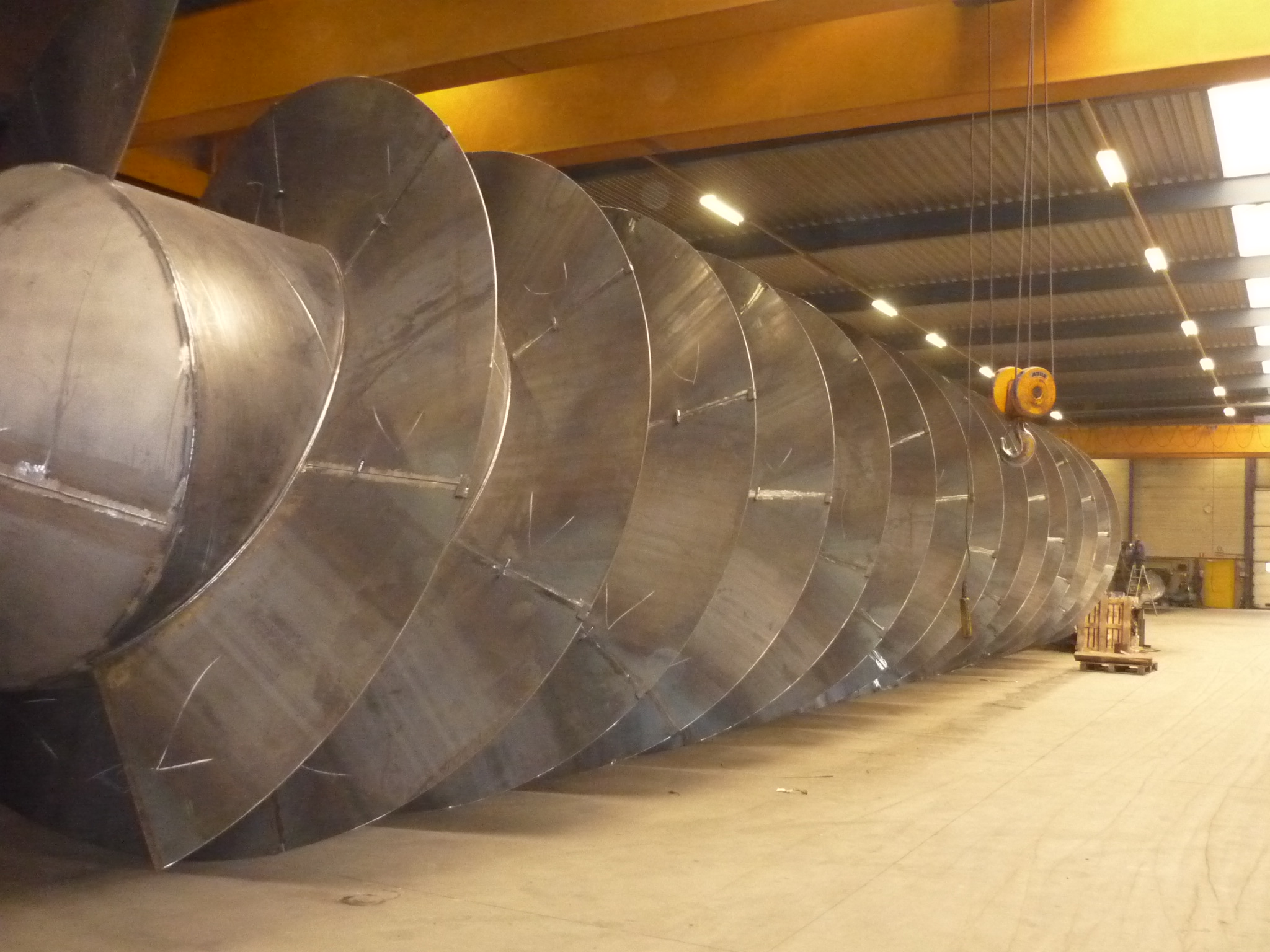Because of climate change, Belgium is experiencing more and longer periods of drought. In the future this is projected to be aggravated. According to the climate projections developed within the Cordex.be project, (2015–2017), changes in precipitation and evapotranspiration in the period 2000–2100 indicate in summer months deepening of negative water balance, causing an increasing risk of the occurrence of droughts and their higher severity. While winter precipitation is expected to increase slightly, summer precipitation will significantly decrease. The expected decrease in precipitation simulated by the models for August varies between -10% for the emission scenario RCP2.6 up to approximately -40% for the emission scenario RCP8.5 by the year 2100 in comparison with the year 2000.
In the eastern part of Flanders one of Belgium’s biggest canals is situated: the Albert canal. This canal connects the industrial zones from the (French-speaking) Walloon part of Belgium with Antwerp, Belgium’s largest harbour. Ships can continue at both ends of the canal, to the Netherlands (e.g., Rhine, Rotterdam) and to France (Meuse). Because of the building of the canal also some important industrial areas were developed along it, making it an economically extremely important waterway for Belgium, with a total traffic of 40 million tons per year.
The canal gets its water from the river Maas (Meuse), a river only fed by rain. The Maas is also feeding other canals, with the Juliana canal to the Netherlands being the most important. So agreements had to be established with the Netherlands to address situations of extreme weather events, including low water discharges resulted from droughts. In some (rare) cases, the discharge of the river Meuse is not enough for feeding all canals in Flanders and the Netherlands, and for maintaining a minimum discharge in the Meuse itself. During these periods, the water level of the Albert canal can drop, so that the allowed draft for ships has to be reduced, making inland navigation less attractive as transport mode. Up to now, these problems were addressed by a number of measures, such as lift-locking of professional shipping with less water and limiting water withdrawals for agricultural and nature management purposes, but these measures implied accepting associated economic and ecological damages.



